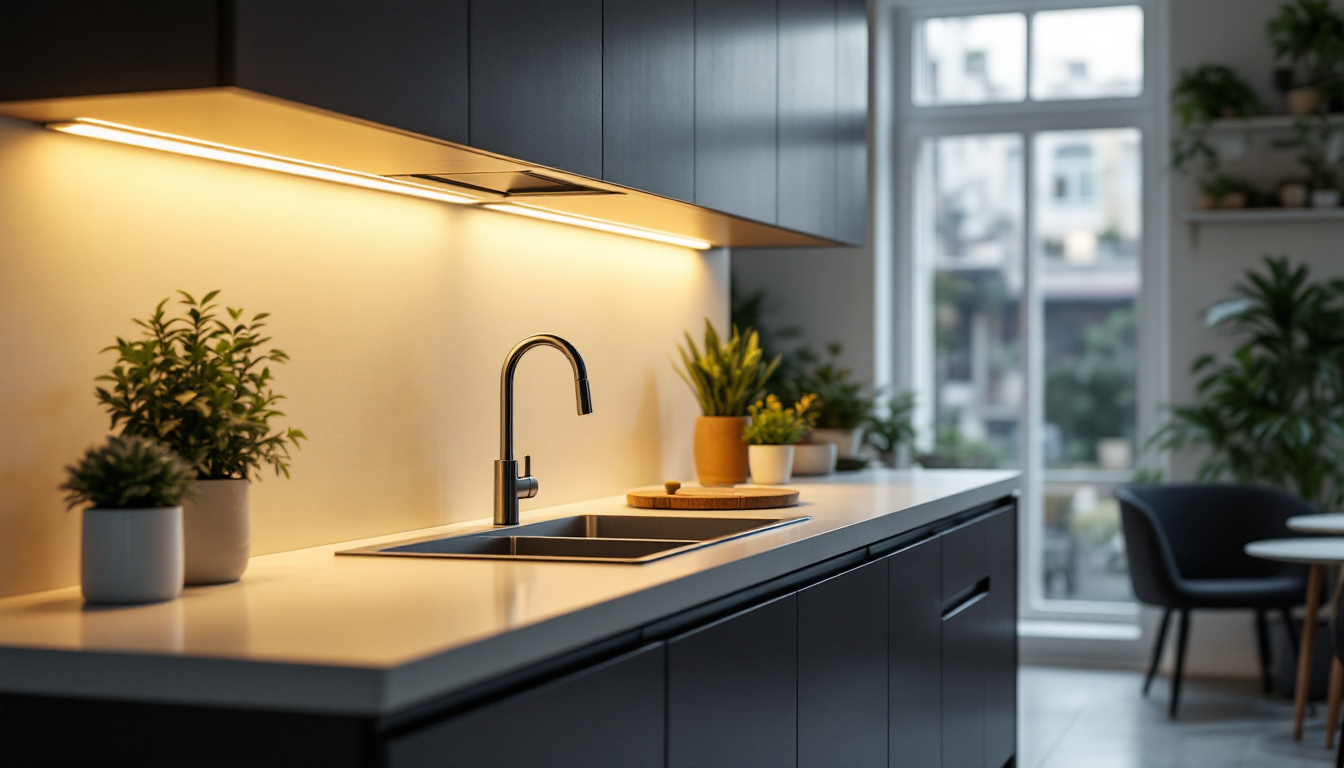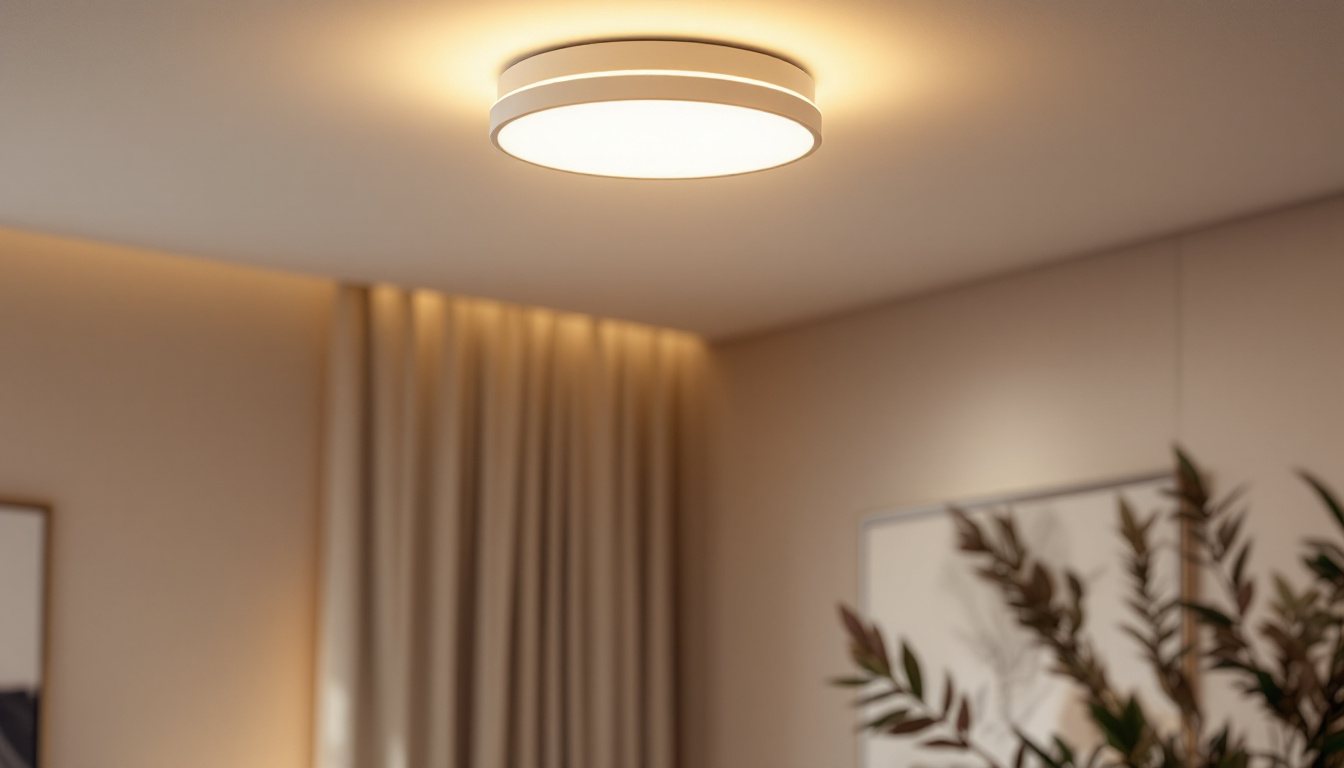
Lighting is a crucial element in both residential and commercial spaces, influencing not only aesthetics but also functionality and mood. For lighting contractors, understanding the various types of lighting fixtures and the challenges associated with them is essential for delivering quality service. This article explores the different types of lighting fixtures and the top challenges faced by lighting contractors in their installation and maintenance.
Lighting fixtures come in a variety of styles and functionalities, each serving a unique purpose. The primary categories include ambient, task, and accent lighting, which can be further divided into various types of fixtures. Familiarity with these categories is vital for contractors to ensure they meet the specific needs of their clients.
Ambient lighting provides a uniform level of illumination throughout a space. It is the foundational layer of lighting that helps create a comfortable environment. Common types of ambient lighting fixtures include ceiling-mounted fixtures, chandeliers, and wall-mounted lights.
Ceiling-mounted fixtures are versatile and can be used in various settings, from homes to offices. Chandeliers, often seen in dining areas or grand spaces, add an element of elegance while providing ample light. Wall-mounted lights, such as sconces, can enhance the overall ambiance while offering practical lighting solutions. Additionally, the use of dimmable ambient lighting fixtures allows for greater control over the mood of a room, enabling users to adjust brightness levels according to the time of day or occasion, thus enhancing the overall experience in the space.
Task lighting is designed to illuminate specific areas where activities such as reading, cooking, or working are performed. This type of lighting is essential for enhancing visibility and reducing eye strain.
Examples of task lighting fixtures include desk lamps, under-cabinet lights, and pendant lights. Desk lamps are commonly used in home offices, while under-cabinet lights are popular in kitchens to provide focused illumination on countertops. Pendant lights, often hung over kitchen islands or dining tables, serve both aesthetic and functional purposes. Moreover, adjustable task lighting can be particularly beneficial in workspaces, allowing individuals to direct light precisely where it is needed, which is especially useful for intricate tasks like crafting or detailed paperwork.
Accent lighting is used to highlight specific features within a space, such as artwork, architectural details, or landscaping. This type of lighting adds depth and interest to an environment.
Track lighting and recessed lights are popular choices for accent lighting. Track lighting allows for flexibility in directing light where it is needed, while recessed lights provide a sleek, unobtrusive option for highlighting features without overwhelming the space. Additionally, the use of color-changing LED lights in accent lighting can create dynamic visual effects, allowing homeowners to transform the atmosphere of a room with a simple change in hue. This versatility not only enhances the aesthetic appeal but also allows for seasonal or thematic decorations, making accent lighting a powerful tool in interior design.
While the variety of lighting fixtures offers numerous options for contractors, it also presents several challenges that must be navigated to ensure successful installations and satisfied clients. Understanding these challenges can help contractors prepare and adapt their strategies accordingly.
One of the primary challenges lighting contractors face is ensuring compliance with local building codes and regulations. These regulations often dictate the types of fixtures that can be used in specific settings, as well as energy efficiency standards.
Contractors must stay informed about the latest codes and regulations to avoid costly mistakes. This includes understanding the requirements for wiring, fixture placement, and energy consumption. Failure to comply can lead to fines, delays in project completion, and even safety hazards. Additionally, as sustainability becomes a growing concern, many regions are implementing stricter energy efficiency guidelines. Contractors may need to invest in training or resources to keep up with these evolving standards, ensuring that their projects not only meet current regulations but also align with future trends in energy conservation.
Selecting the appropriate fixtures for a project can be a daunting task. With a vast array of options available, contractors must consider various factors, including the client’s preferences, the intended use of the space, and the overall design aesthetic.
Moreover, different fixtures have varying installation requirements and maintenance needs. For instance, some fixtures may require specialized mounting hardware or specific types of bulbs. Contractors must be knowledgeable about these differences to ensure a seamless installation process. Furthermore, the rise of smart lighting technology adds another layer of complexity. Contractors must familiarize themselves with the integration of smart systems, which can enhance energy efficiency and offer clients greater control over their lighting environments. This knowledge not only improves the quality of installations but also positions contractors as informed professionals in a rapidly evolving market.
Effective communication with clients is crucial for lighting contractors. Clients often have specific ideas about what they want, which may not always align with practical considerations or budget constraints. Managing these expectations can be challenging.
Contractors must engage in open discussions with clients, providing them with realistic options and explaining the implications of their choices. This includes discussing the potential for delays, additional costs, or changes in design. By fostering clear communication, contractors can build trust and ensure a smoother project experience. Additionally, visual aids such as mood boards or digital renderings can be invaluable tools in these discussions, allowing clients to visualize the final outcome and make informed decisions. By setting clear milestones and keeping clients updated throughout the project, contractors can further enhance client satisfaction and minimize misunderstandings, ultimately leading to a more successful project delivery.
The installation of lighting fixtures can present its own set of challenges. From ensuring proper placement to dealing with existing infrastructure, contractors must navigate various obstacles to achieve optimal results.
In many cases, lighting contractors must work with existing wiring, which can complicate the installation process. Older buildings may have outdated electrical systems that do not meet current standards, requiring upgrades or modifications.
Contractors must assess the condition of existing wiring and determine whether it is suitable for the new fixtures. This may involve additional work, such as rewiring or installing new circuits, which can impact project timelines and budgets. Moreover, navigating through old wiring systems often reveals unexpected issues like frayed insulation or improper grounding, which not only complicates the installation but also raises safety concerns. Therefore, a thorough inspection is essential before any installation begins, ensuring that all electrical components are safe and compliant with current regulations.
Determining the ideal placement for lighting fixtures is crucial for achieving the desired effect. Improper placement can lead to uneven lighting, shadows, or glare, detracting from the overall aesthetic.
Contractors must consider factors such as the height of ceilings, the function of the space, and the type of fixtures being used. Utilizing design software or conducting mock-ups can help visualize the final outcome and ensure that lighting is both functional and visually appealing. Additionally, understanding the psychology of light can enhance the design process; for instance, warm lighting can create a cozy atmosphere in residential spaces, while cooler tones may be more suitable for commercial environments. The interplay of light and shadow can significantly influence mood and productivity, making it essential for contractors to engage in thoughtful discussions with clients about their specific needs and preferences.
In recent times, supply chain disruptions have become a significant challenge for contractors across various industries, including lighting. Delays in obtaining fixtures or components can hinder project timelines and lead to client dissatisfaction.
Contractors must develop contingency plans to address potential supply chain issues. This may involve sourcing alternative fixtures, adjusting project schedules, or maintaining open lines of communication with clients regarding any delays. Being proactive in managing these challenges can help mitigate their impact on overall project success. Furthermore, establishing relationships with multiple suppliers can provide contractors with a safety net during times of shortage, allowing them to pivot quickly without compromising on quality. Staying informed about market trends and potential disruptions can also empower contractors to make strategic decisions, ensuring that projects remain on track and clients remain satisfied despite the unpredictability of supply chains.
The lighting industry is continuously evolving, with technological advancements introducing new possibilities for contractors. While these innovations can enhance the quality of lighting solutions, they also present unique challenges that contractors must navigate.
Smart lighting technology has gained popularity in both residential and commercial settings. These systems allow for remote control and automation of lighting, providing convenience and energy efficiency.
However, integrating smart lighting solutions can be challenging for contractors. It requires a solid understanding of the technology, compatibility with existing systems, and the ability to educate clients on how to use these features effectively. Ensuring that clients are comfortable with the technology is essential for a successful installation.
As energy efficiency becomes increasingly important, contractors must stay informed about the latest standards and technologies. Many clients are looking for energy-efficient lighting solutions that reduce costs and environmental impact.
Contractors should be knowledgeable about energy-efficient fixtures, such as LED options, and their benefits. This includes understanding the long-term savings associated with energy-efficient lighting and being able to communicate these advantages to clients. By promoting energy efficiency, contractors can position themselves as knowledgeable professionals in the industry.
Lighting contractors face a myriad of challenges in their work, from compliance with regulations to managing client expectations and navigating technological advancements. Understanding the different types of lighting fixtures and the associated challenges is crucial for success in this competitive field.
By staying informed about industry trends, maintaining open communication with clients, and adapting to changing technologies, lighting contractors can enhance their service offerings and ensure client satisfaction. As the demand for innovative and efficient lighting solutions continues to grow, contractors who embrace these challenges will be well-positioned for success in the future.
As you navigate the complexities of lighting installations and strive to meet the evolving demands of the industry, LumenWholesale is here to support you every step of the way. Our commitment to providing spec-grade lighting products at wholesale prices ensures that you can tackle any project with confidence. With our extensive selection that meets the highest industry standards, you’ll find the perfect lighting solutions to satisfy your clients and enhance your portfolio. Say goodbye to middleman markups and hello to hassle-free bulk buying with free shipping. Elevate your lighting game and experience the best value in the industry. Visit LumenWholesale now and see the difference for yourself.

Discover how to future-proof your kitchen lighting projects with under-cabinet LED solutions.

Discover why Type B lamp light bulbs are essential for any lighting project.

Discover how solar-powered patio lights can be a game-changer for lighting contractors.

Discover how flush ceiling lamps are revolutionizing lighting design and installation.